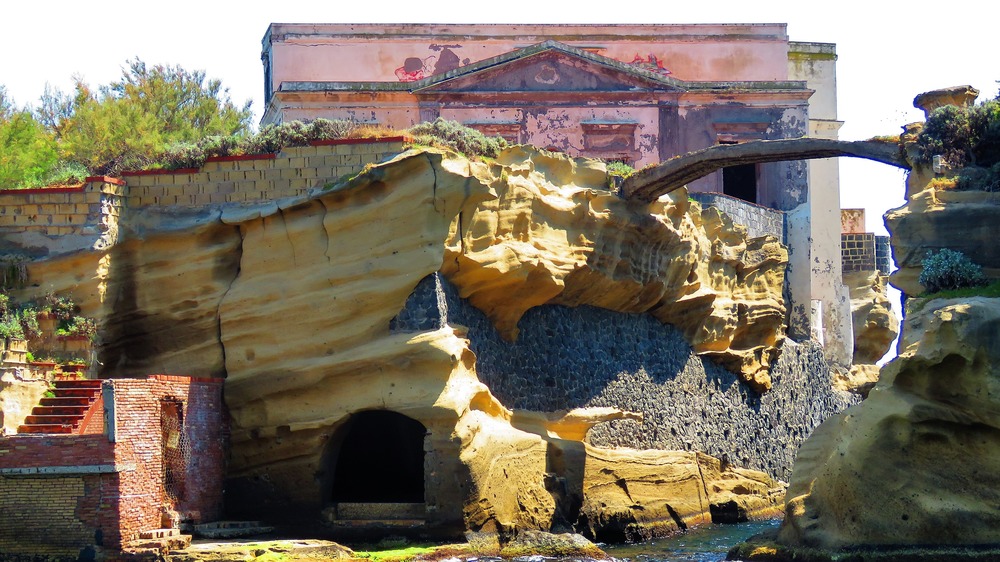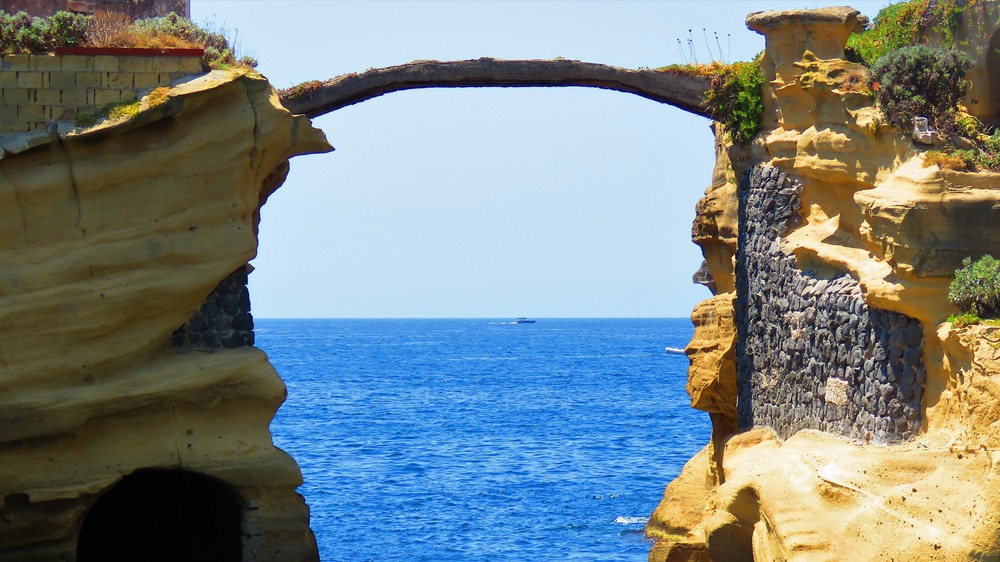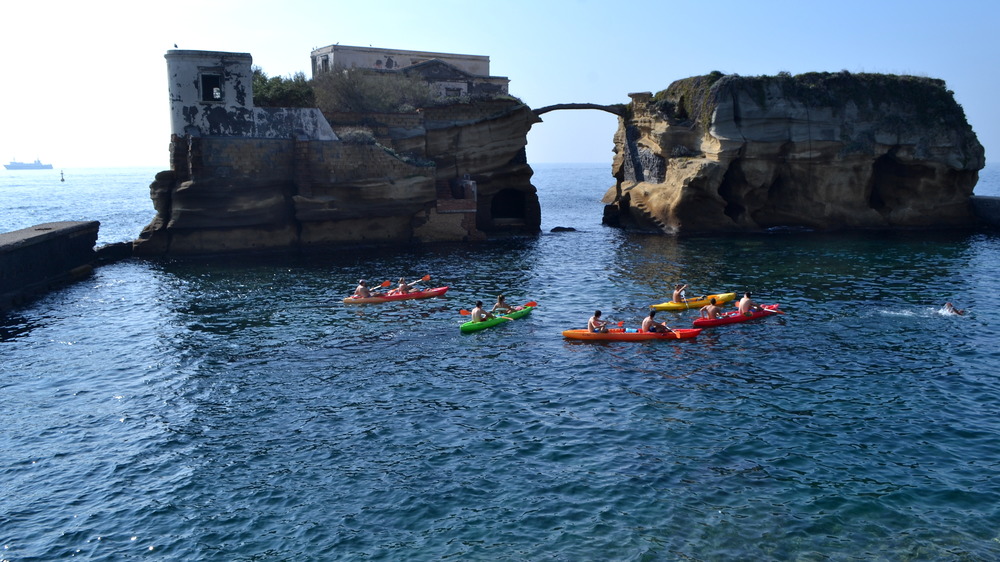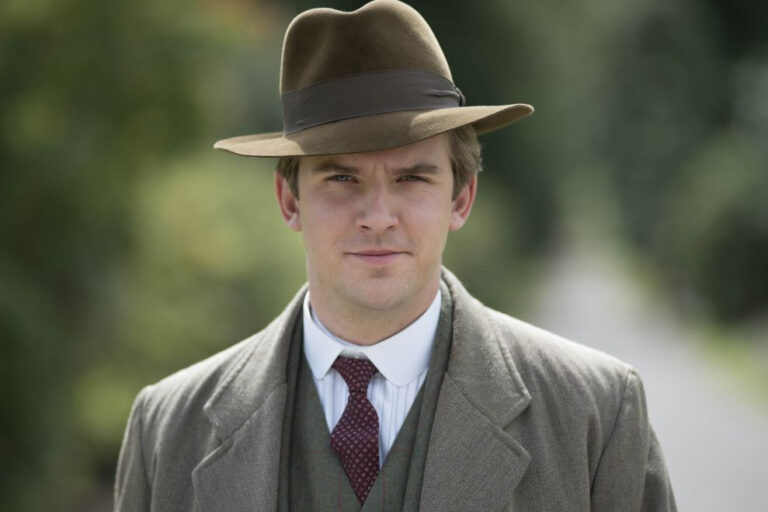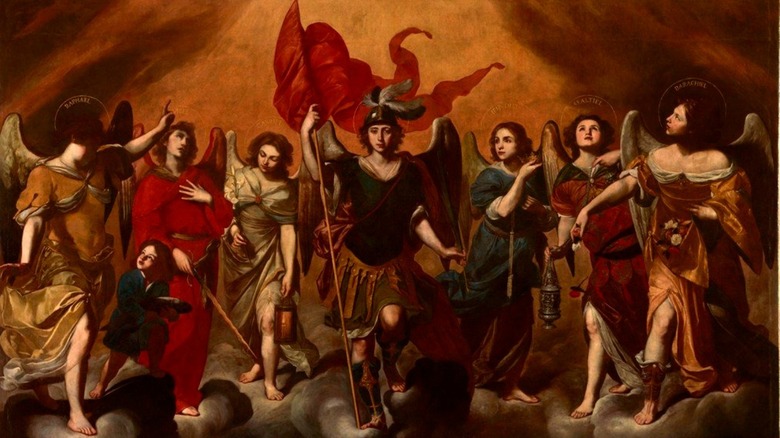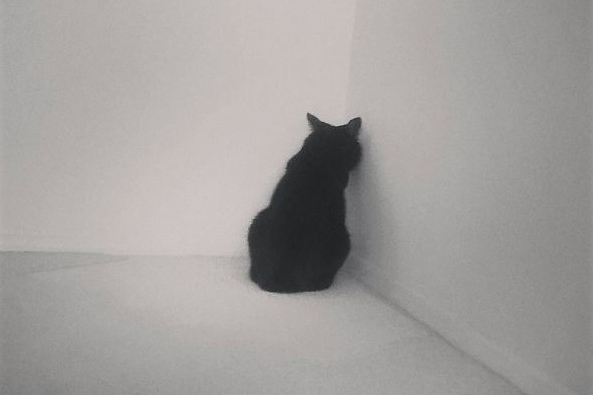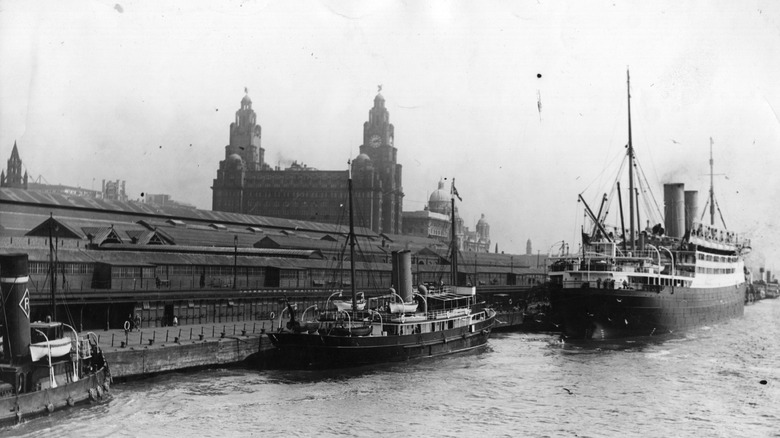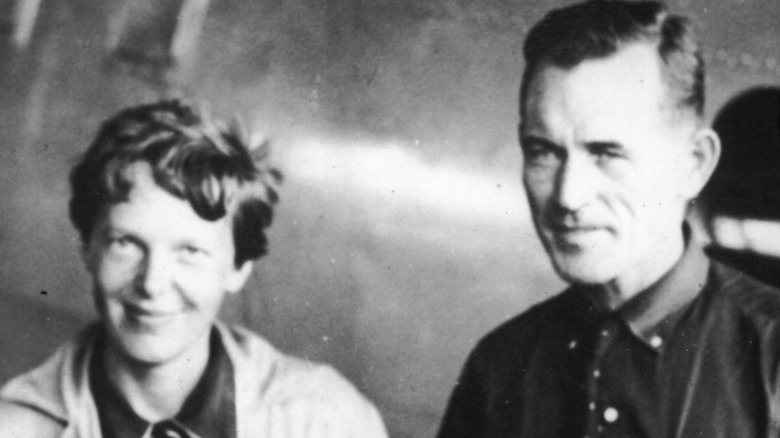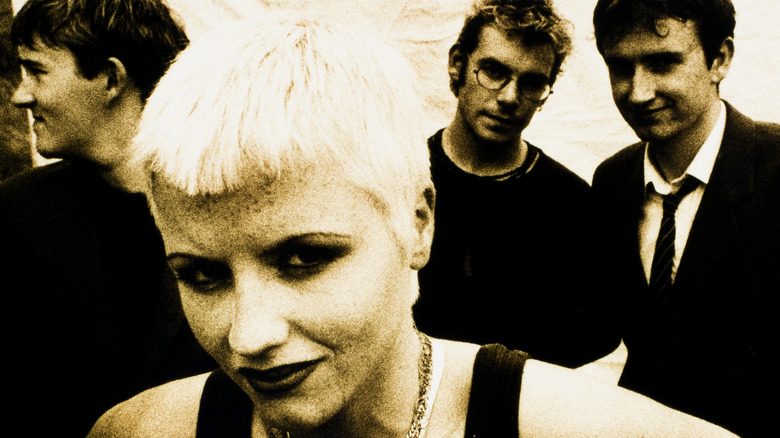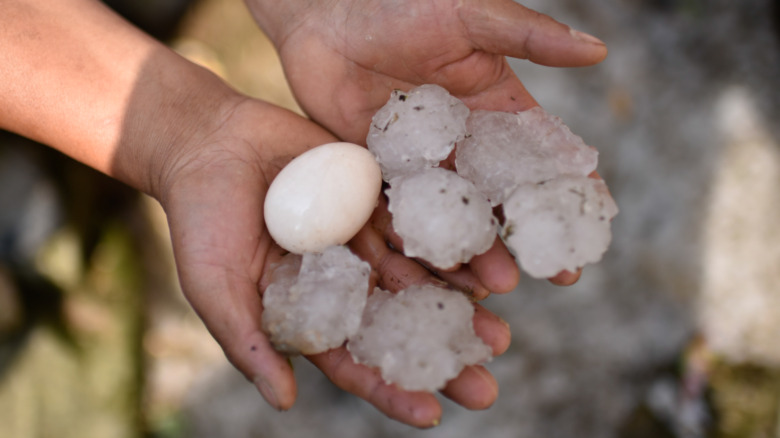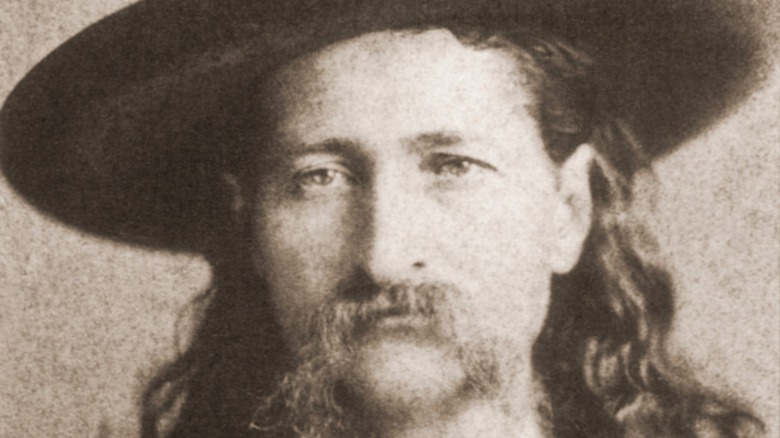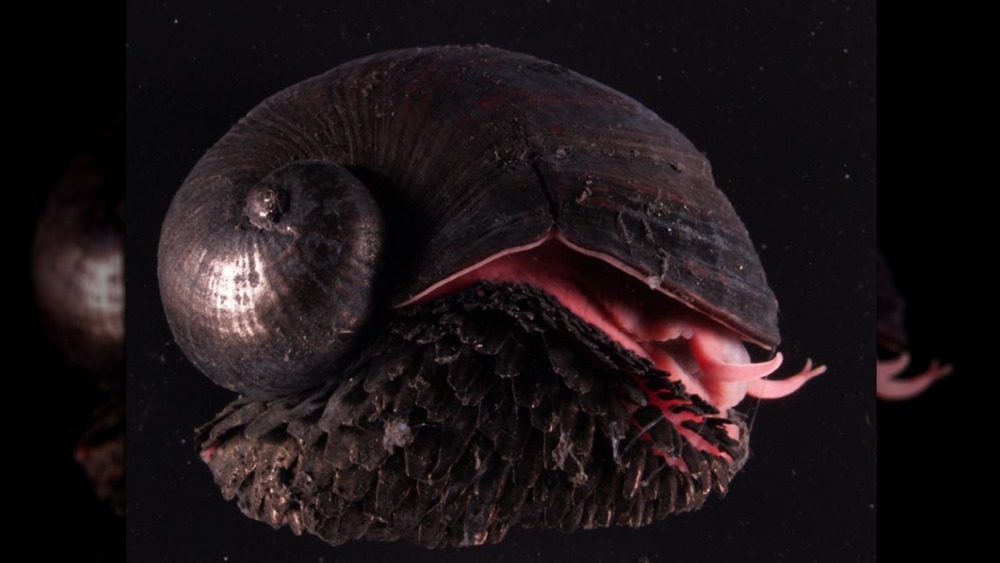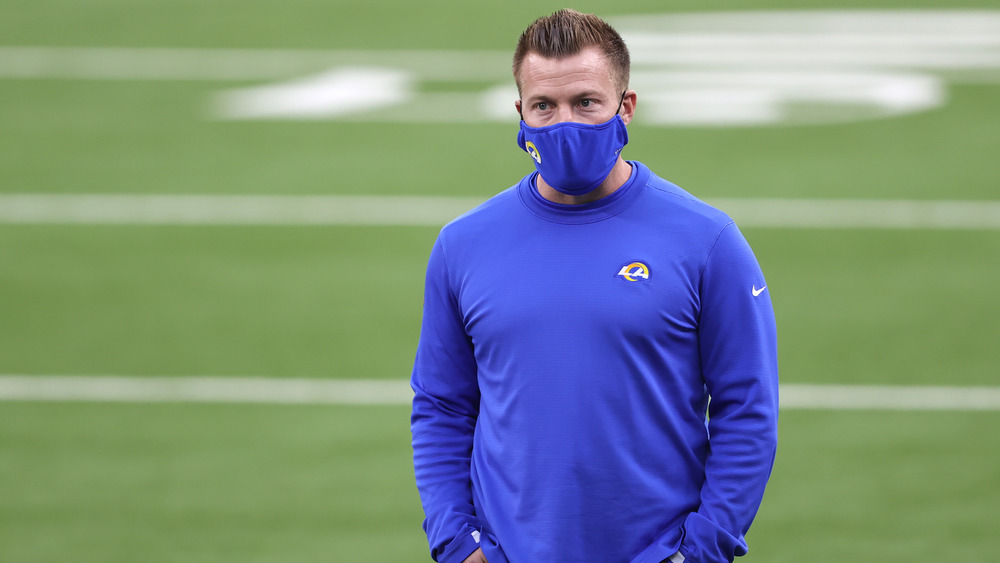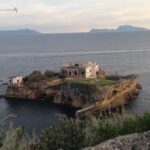
The Truth About The Cursed Isola Della Gaiola
The Isola della Gaiola, also known as Gaiola Island, is a pair of tiny islets a short swim off the coast of the Posillipo quarter of Naples, Italy. The two rocks surging above the shimmering waters of the sea are connected by a very thin stone arch. As Culture Trip explains, the islands face a coast that used to be filled with the vacation homes of well-to-do imperial Romans. The sunken ruins of an old Roman villa can be seen through the crystal clear waters that skirt the two islets. Some scholars believe that the Roman poet Virgil, the author of the Roman national epic the Aeneid, taught students either on the island itself or on the now-sunken harbor beside it. The original name for this island was Euplea, after the protector of safe sailing and safe harbor.
In the last 200 years, however, the reputation of the island, named after the little caves (“caveolae” in Latin) that dot the coast of Posillipo, is not that of a beautiful Mediterranean paradise, but rather of perhaps the most cursed chunk of rock in all of Italy. Since the late 1800s, the Isola della Gaiola has been thought to pass on terrible, deadly misfortune to anyone who owns or tries to live on the island, and many locals refuse to go near it out of fear. Despite its beauty and charm, the island has been abandoned for over 40 years, and perhaps for good reason.
The curse begins
According to Atlas Obscura, the sinister reputation of Gaiola Island begins in the early 1800s when its sole inhabitant was a hermit known as Il Mago, or “the Wizard.” As Culture Trip explains, the Wizard lived completely separate from society —as is generally the case with hermits — and survived only on the generosity of local fishermen. As he lived completely alone, there were no witnesses to record what happened to the Wizard when he disappeared without a trace. The island was bought in 1871 by Luigi Negri, the owner of a successful fishing company, who built the villa that still stands on the island — though in a somewhat shabbier form — today. Negri, however, soon lost his considerable fortune to bankruptcy and was forced to sell the island.
In 1911, a ship captain named Gaspare Albenga was sailing around the island, deciding if he wanted to buy it, when his ship either crashed into the rocks and sank or vanished without a trace, depending on the source. More horrifically, the owner of the island in the 1920s was a Swiss man named Hans Braun, who was found murdered and wrapped in a rug in his own home. To make matters worse, his wife drowned while swimming nearby. The next owner was a German named Otto Grunback, who suffered a fatal heart attack while at the island’s villa. He was followed by the pharmaceutical industrialist Maurice-Yves Sandoz, who wound up ending his own life in a Swiss asylum in 1958.
The curse's most famous victims
As Culture Trip points out, it’s possible that a number of these accounts of the cursed owners of Gaiola Island have been exaggerated over the years by superstitious Italians, and some stories — like the death of a woman washed out to sea while riding in a cable car that once connected the island to the mainland in the 1920s — may be completely apocryphal. However, two notable tenants of the island suffered several misfortunes that have been incredibly well documented.
The first of these was Gianni Agnelli, the owner of Fiat who became the richest man in Italy by turning the manufacturer into the most important car brand in Italy. Atlas Obscura says that he had purchased the island from the German industrialist Baron Karl Paul Langheim, who, like Luigi Negri, suffered financial ruin when his company went bankrupt. Agnelli suffered pain of a different sort: his son’s body was found under a bridge in what appeared to be suicide, and his nephew died of cancer at the young age of 33.
The most notable owner of the island, however, was probably the billionaire tycoon Jean Paul Getty, whose hardships are extremely well-documented, including being the plot of the 2017 film All the Money in the World. His oldest son committed suicide, his youngest son died from a brain tumor, and his grandson was kidnapped by the Calabrian mafia, who cut off his ear as part of their demand for a $3 million ransom. His own death followed only a few years later.
The state of the island (and curse) today
According to Atlas Obscura, the last private owner of the Isola della Gaiola was Gianpasquale Grappone, who landed in prison and whose wife died in a car accident. Since 1978, however, the island has been the property of the government of the administrative region of Campania. The island and a nearby marine reserve are now a protected area within the Underwater Park of Gaiola in the Gulf of Naples. According to Summer in Italy, the spot is a popular one for scuba divers and snorkelers thanks to its unique combination of marine life and archeological ruins. The park covers over 103 acres of the bay, and includes the sunken ruins of a port, temples, and the villas of Roman nobility within its area.
Despite the island’s newfound reputation as a tourist spot and park, public ownership does not seem to have completely done away with the island’s alleged curse. Rumors of the Gaiola curse resurfaced in 2009 when the Italian industrialist Franco Ambrosio and his wife Giovanna Sacco were murdered in their home across from the island. According to UPI, Ambrosio was known as the “Grain King” for his successful grain company. He and his wife were found beaten to death in their home by burglars. Whether you believe in curses or just coincidences, the long history of the fates of the owners of this jewel of the Bay of Naples is truly a tragic one.
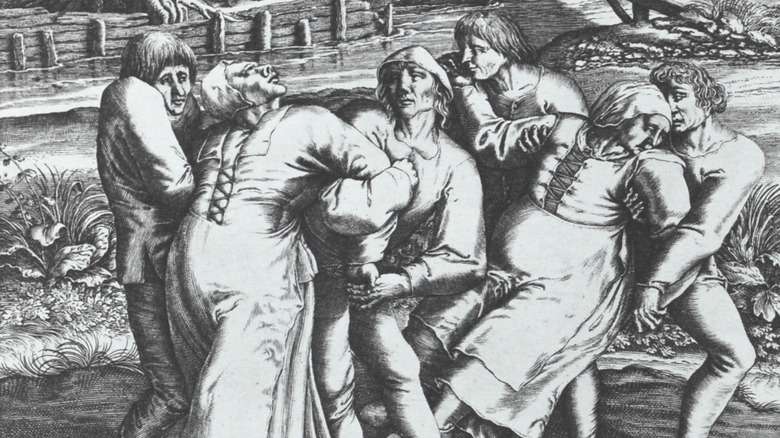
The Truth About Choreomania, The Dancing Plague
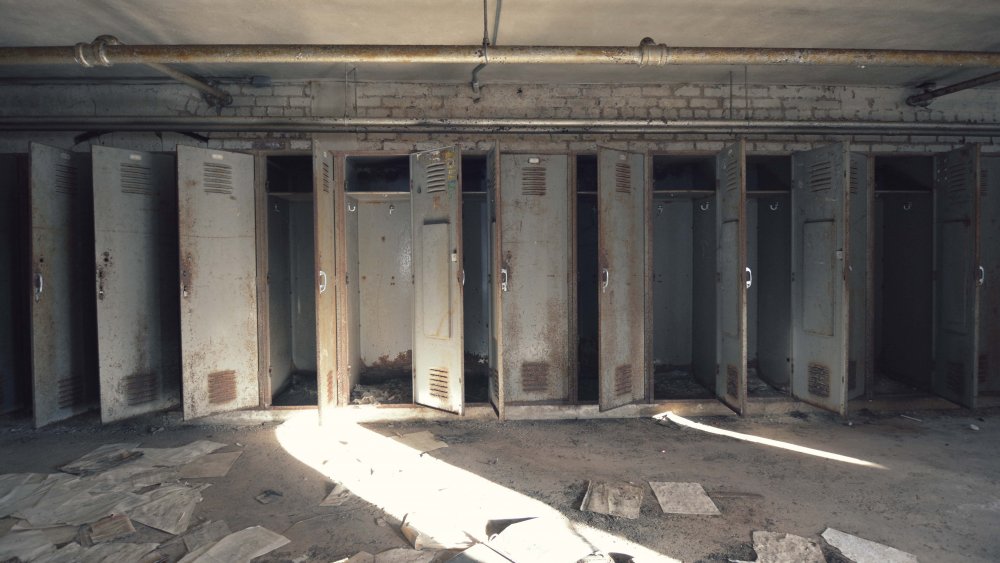
Creepy Tales Of School Ghosts

The Terrifying Legend Of Stull Cemetery
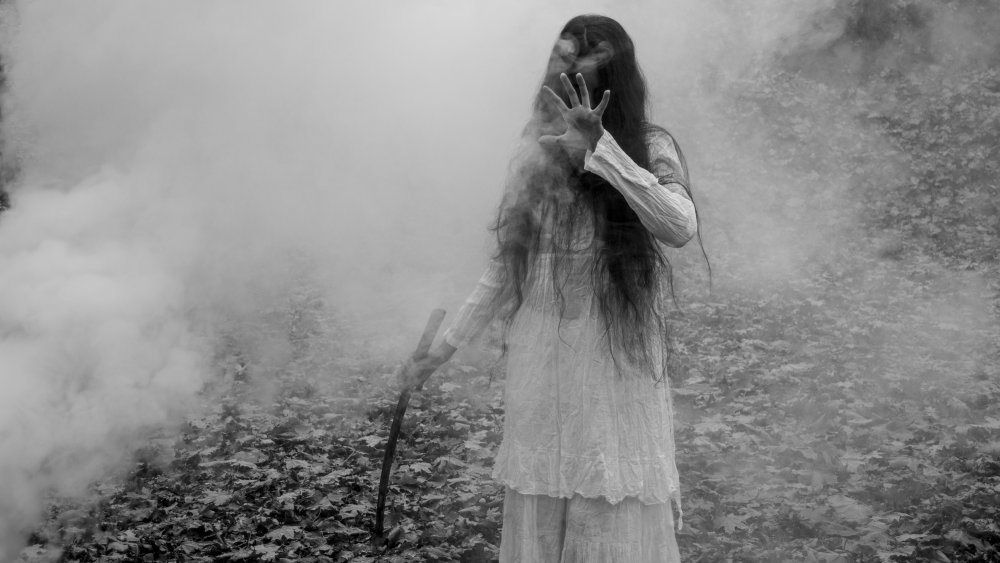
The Truth About America's Most Famous Witch

The Real Reason The NSA Once Banned Furbies
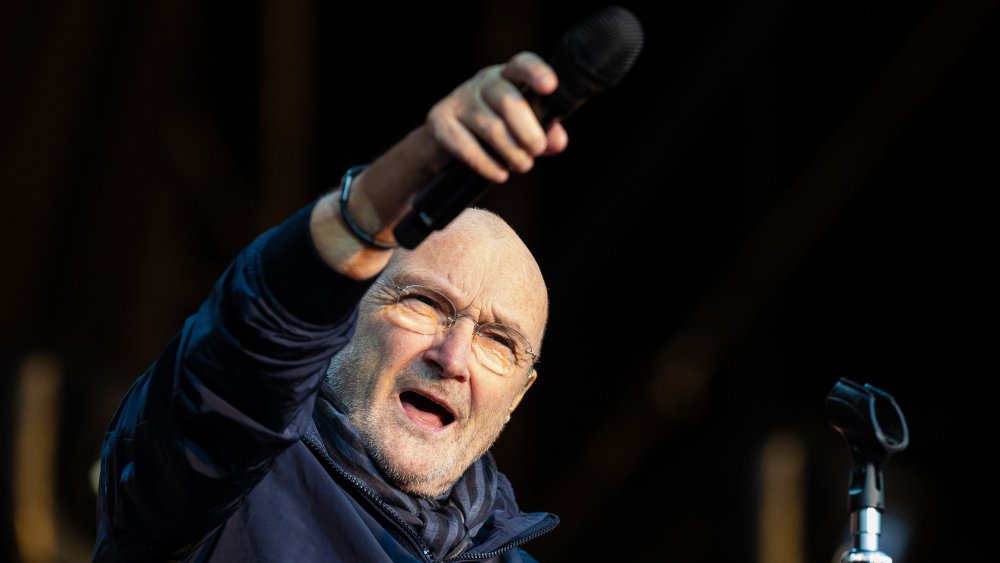
The Real Reason Genesis Is Reuniting
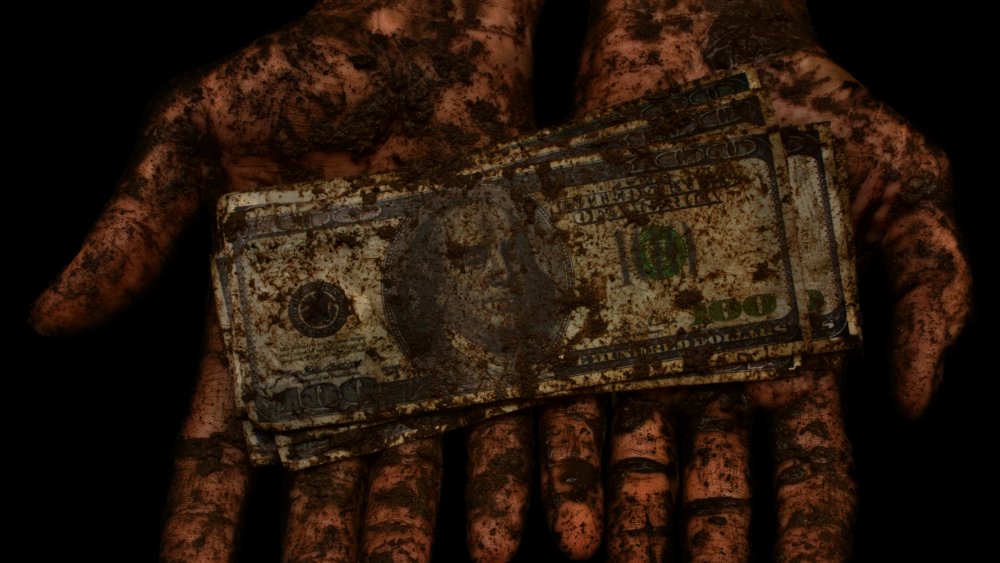
How Dirty Your Money Really Is

The Real Reason Fake Phone Numbers Always Start With 555

30-Foot Tumbleweed Pileup Traps Motorists In Washington

A Military-Tested Trick That Will Let You Fall Asleep At Any Time
